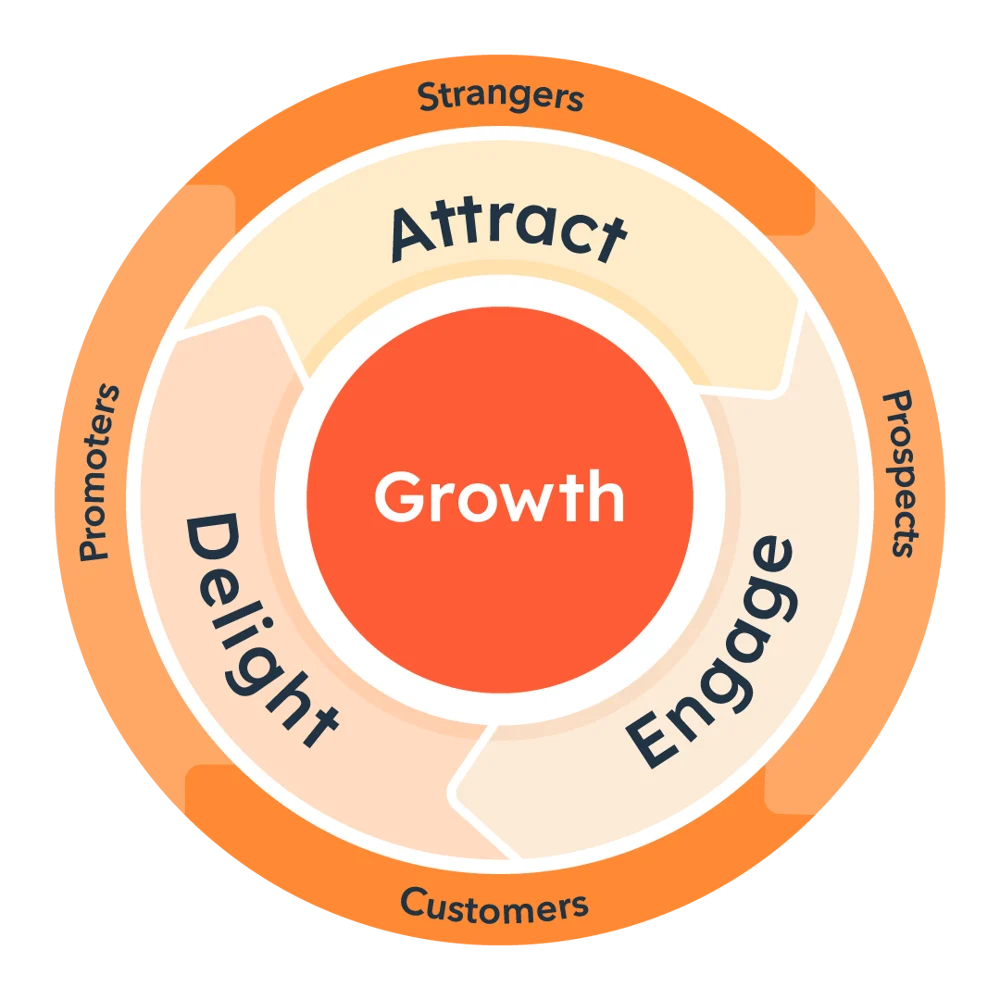
Inbound marketing is a marketing strategy and methodology that focuses on attracting, engaging, and delighting potential customers through the creation and distribution of valuable, relevant content. The core idea behind inbound marketing is to pull in customers organically by providing them with content that addresses their needs and interests, rather than pushing promotional messages onto them. In contrast to traditional outbound marketing (such as cold calling, direct mail, or interruptive advertising), inbound marketing seeks to create a more customer-centric and less intrusive approach.
Key components of inbound marketing include:
Content Creation: Creating high-quality and informative content that resonates with your target audience. This content can take various forms, including blog posts, articles, videos, ebooks, infographics, podcasts, and more.
Search Engine Optimization (SEO): Optimizing your content and website to be easily discoverable in search engine results, so that people searching for relevant information can find your content.
Social Media Marketing: Sharing and promoting your content through social media platforms to engage with your audience and increase your brand’s visibility.
Email Marketing: Using email to nurture leads, send targeted content, and build relationships with potential and existing customers.
Content Offers: Creating valuable resources like ebooks, whitepapers, webinars, or templates that visitors can access in exchange for their contact information, helping to generate leads.
Lead Nurturing: Developing and maintaining relationships with leads by delivering relevant content and information to guide them through the sales funnel.
Marketing Automation: Utilizing marketing automation tools to streamline and personalize communication with leads and customers.
Analytics and Measurement: Tracking and analyzing the performance of your inbound marketing efforts to adjust your strategies and tactics as needed.
The inbound marketing methodology often follows the “Attract, Engage, Delight” framework:
Attract: Attract your target audience through content that addresses their needs, problems, and interests. This helps to generate website traffic and awareness of your brand.
Engage: Engage with your audience by providing additional valuable content, nurturing leads, and building relationships as they move through the buying process.
Delight: Delight your customers with excellent service, support, and ongoing valuable content. Happy customers are more likely to become promoters of your brand and products, leading to word-of-mouth referrals and brand advocacy.
Inbound marketing can be especially effective for businesses seeking to establish authority, build trust, and engage with their audience in a more meaningful way. It aligns well with the changing behaviors of modern consumers who often research and make purchase decisions based on the information they find online. By providing valuable content and being there when customers are looking for answers, inbound marketing aims to create a more customer-centric and sustainable approach to marketing and sales.